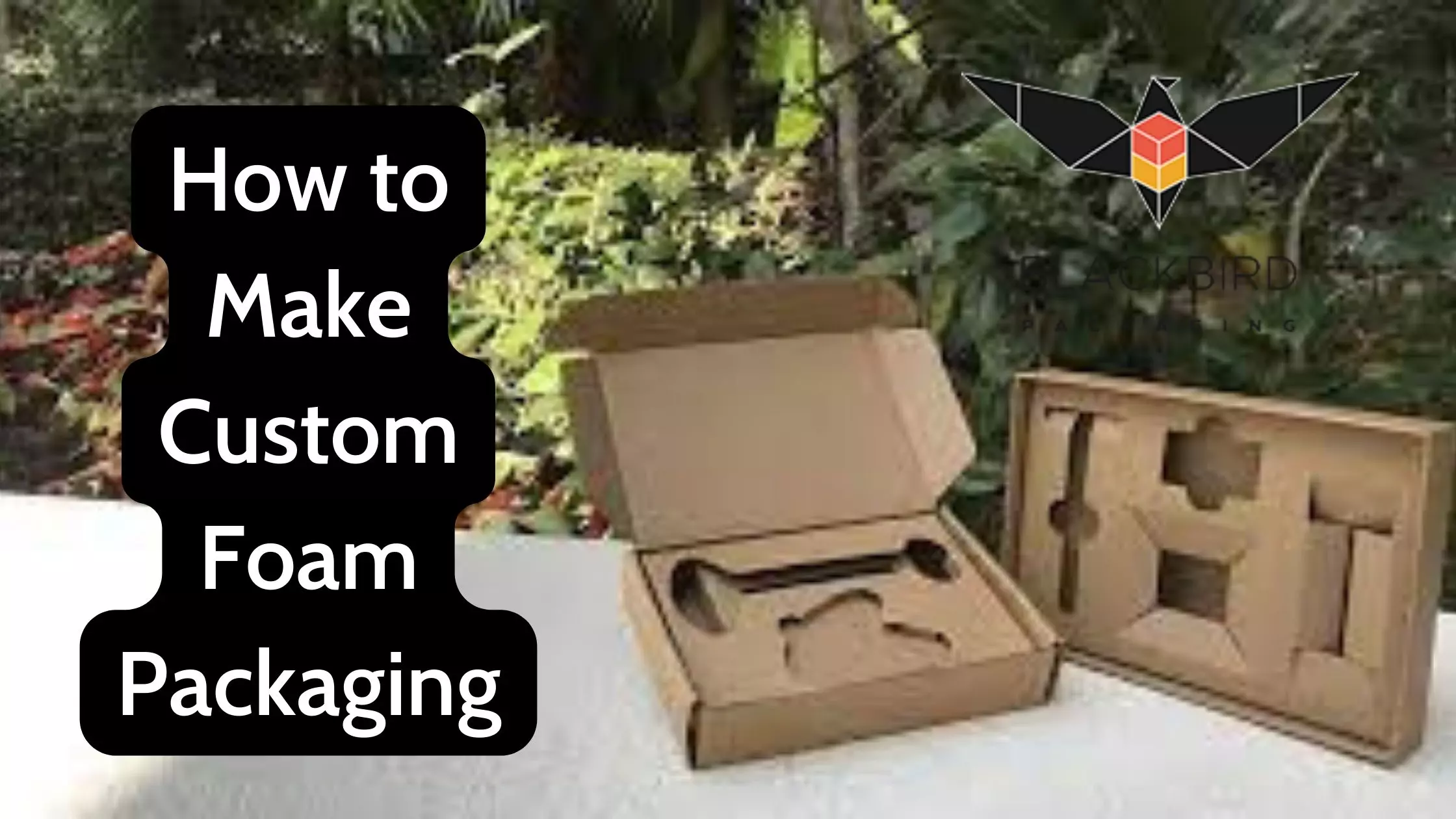How to Make Custom Foam Packaging

Are you one of those people who always go the extra mile for your product packaging? Are you passionate about making sure that your products stand out from the rest? The custom foam packaging may be just what you need to make sure your products really stand out.
Custom foam packaging is a great way to offer an additional level of protection and customization to your products, while also providing a unique look at the same time. In this blog post, we'll cover everything you need to know about customizing foam packaging, including its many benefits, materials used in the creation, and tips on designing effective foam packaging. With our help, your products will have never looked better!
How to Create Your Own Custom Foam Packaging
Custom foam packaging is an effective and efficient way to store, protect, and transport items. It’s a great way to make sure your products arrive safely and securely, without damage or breakage. Whether you’re shipping something fragile or something heavy, custom foam packaging is the perfect solution for you. Let’s take a look at how to make custom foam packaging for your product.
Designing the Foam Packaging
The first step in creating custom foam packaging is designing the product itself. You should consider what type of foam will best suit your needs whether it’s polyurethane foam, expanded polystyrene (EPS) foam, or closed cell foam, and what size and shape it needs to be. You can draw out the design on paper before proceeding with the actual construction of the product.
Once you have the design down pat, you can begin cutting out the pieces of foam that will make up your custom packaging. This can be done using a hot wire cutter or a die-cutter machine. Both machines will cut pieces of foam into exact shapes and sizes based on your specifications. If you don’t have access to these tools or would rather not purchase them outright, there are companies that offer cutting services for a fee.
Constructing the Foam Packaging
Once you have all of your pieces cut out, it's time to start constructing your custom package. The most common method for doing this is by using adhesive spray glue on either side of the seam or joint area where two pieces are joined together; this will help secure them in place while also providing protection against dust and moisture. Other popular methods include riveting and stitching but these require greater expertise and specialized tools.
Testing Your Package Before shipping out any packages with your newly-created custom foam packaging, it's important to test them first! Place whatever item(s) you need to ship inside each package and then shake them around gently; if they move too much inside their box then they may not be secure enough during transit and could get damaged along the way! You can also try dropping packages from different heights onto surfaces such as concrete floors in order to test their durability; if they remain intact after several drops then they're probably good enough for us!
Conclusion:
Creating custom foam packaging for your products is an effective way to ensure that they arrive safely at their destination without any damage or breakage due to inclement weather conditions or rough handling during transit. Designing and constructing these packages requires some skill but with a bit of practice, anyone can create their own customized packages in no time! Additionally, testing these packages before sending them off ensures that they are secure enough during transit which helps prevent costly damages caused by careless handling or bad weather conditions along their journey from point A to point B! By following these steps outlined above now website owners know how easy making custom foam packaging really is!